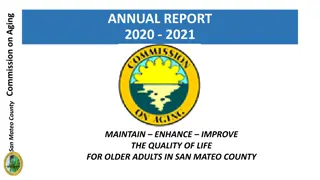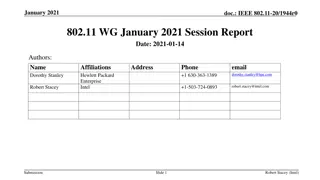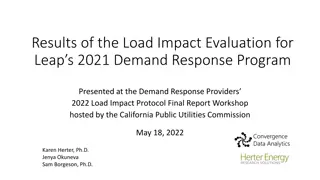Understanding Reliability Measures in Research Supervised by Dr. Mohammed Mahdi Sharifi
Reliability is crucial for assessing the consistency of metrics in research. Various methods such as inter-rater reliability, test-retest reliability, parallel forms reliability, and internal consistency reliability help ensure the dependability of research findings. By examining factors like judgment consistency and response repeatability, researchers can establish the trustworthiness of their data. These measures play a vital role in validating research outcomes and enhancing the quality of research methodologies.
Download Presentation

Please find below an Image/Link to download the presentation.
The content on the website is provided AS IS for your information and personal use only. It may not be sold, licensed, or shared on other websites without obtaining consent from the author. Download presentation by click this link. If you encounter any issues during the download, it is possible that the publisher has removed the file from their server.
E N D
Presentation Transcript
Measure of reliability in research supervised by Dr. Mohammed Mahdi Sharifi done by Zahraa Haider Omran Group 2
Introduction Reliability is a measure of the consistency of a metric or a method. Every metric or method we use, including things like methods for uncovering usability problems in an interface and expert judgment, must be assessed for reliability. In fact, before you can establish validity, you need to establish reliability
Here are the four most common ways of measuring reliability for any empirical method or metric: inter-rater reliability test-retest reliability parallel forms reliability internal consistency reliability
Because educational tests), many of the terms we use to assess reliability come from the testing lexicon. But don t let bad memories of testing allow you to dismiss their relevance to measuring the customer experience. These four methods are the most common ways of measuring reliability for any empirical method or metric reliability measurement comes from (think a history standardized in
Inter-Rater Reliability The extent to which raters or observers respond the same way to a given phenomenon is one measure of reliability. Where there s judgment there s disagreement. Even highly trained experts disagree among themselves when observing the same phenomenon. Kappa and the correlation coefficient are two common measures of inter-rater reliability. Some examples include: Evaluators identifying interface problems Experts rating the severity of a problem
Test-Retest Reliability Do customers provide the same set of responses when nothing about their experience or their attitudes has changed? You don t want your measurement system to fluctuate when all other things are static. Have a set of participants answer a set of questions (or perform a set of tasks). Later (by at least a few days, typically), have them answer the same questions again. When you correlate the two sets of measures, look for very high correlations (r > 0.7) to establish retest reliability
Parallel Forms Reliability Getting the same or very similar results from slight variations on the question or evaluation method also establishes reliability. One way to achieve this is to have, say, 20 items that measure one construct (satisfaction, loyalty, usability) and to administer 10 of the items to one group and the other 10 to another group, and then correlate the results. You re looking for high correlations and difference in scores between the no systematic groups.
Internal Consistency Reliability This is by far the most commonly used measure of reliability in applied settings. It s popular because it s the easiest to compute using software it requires only one sample of data to estimate the internal consistency reliability. This measure of reliability is described most often using Cronbach s alpha (sometimes called coefficient alpha). It measures how consistently participants respond to one set of items. You can think of it as a sort of average of the correlations between items.























